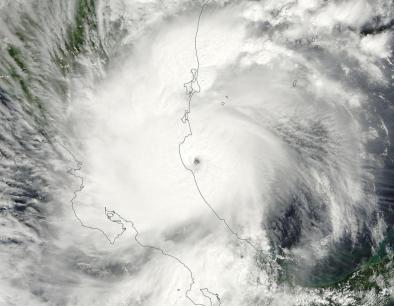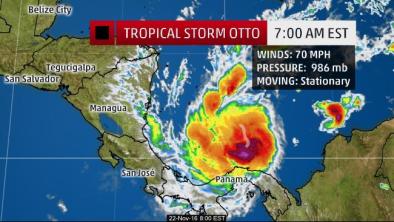Science Source
A geological perspective on sea-level rise and its impacts along the U.S. mid-Atlantic coast
- Analyzes geological and historical sea level records and shows a significant rate of increase in sea level rise since the nineteenth century
- Finds that in New Jersey, it is extremely likely that sea level rise in the twentieth century was faster than during any other century in the last 4.3 thousand years
- Accounting for regional and local factors, the authors project sea level rise in the mid-Atlantic U.S. most likely about 38–42′′ (96–106 cm) over the twentieth century, but possibly as high as 66–71′′ (168–180 cm)
- Finds that a largely anthropogenically driven global sea level (GSL) rise of 20 cm during the 20th century caused Sandy to flood an area ∼70 km2 greater than it would have in 1880, increasing the number of people living on land lower than the storm tide by ∼38,000 in New Jersey and by ∼45,000 in New York City
Related Content
Headline

Nov 28, 2016 | Category 6
Otto Shifts from Atlantic to Pacific after Historic Landfall in Central America
Headline

Nov 28, 2016 | The Weather Channel
Hurricane Otto Death Toll Rises to Double Digits
Headline

Nov 28, 2016 | Los Angeles Times via Associated Press
Hurricane Otto bears down on Central America unusually late in season
Headline

Nov 22, 2016 | The Weather Channel
Tropical Storm Otto Nears Hurricane Strength; Forecast to Make Very Rare Thanksgiving Hurricane Central America Landfall


